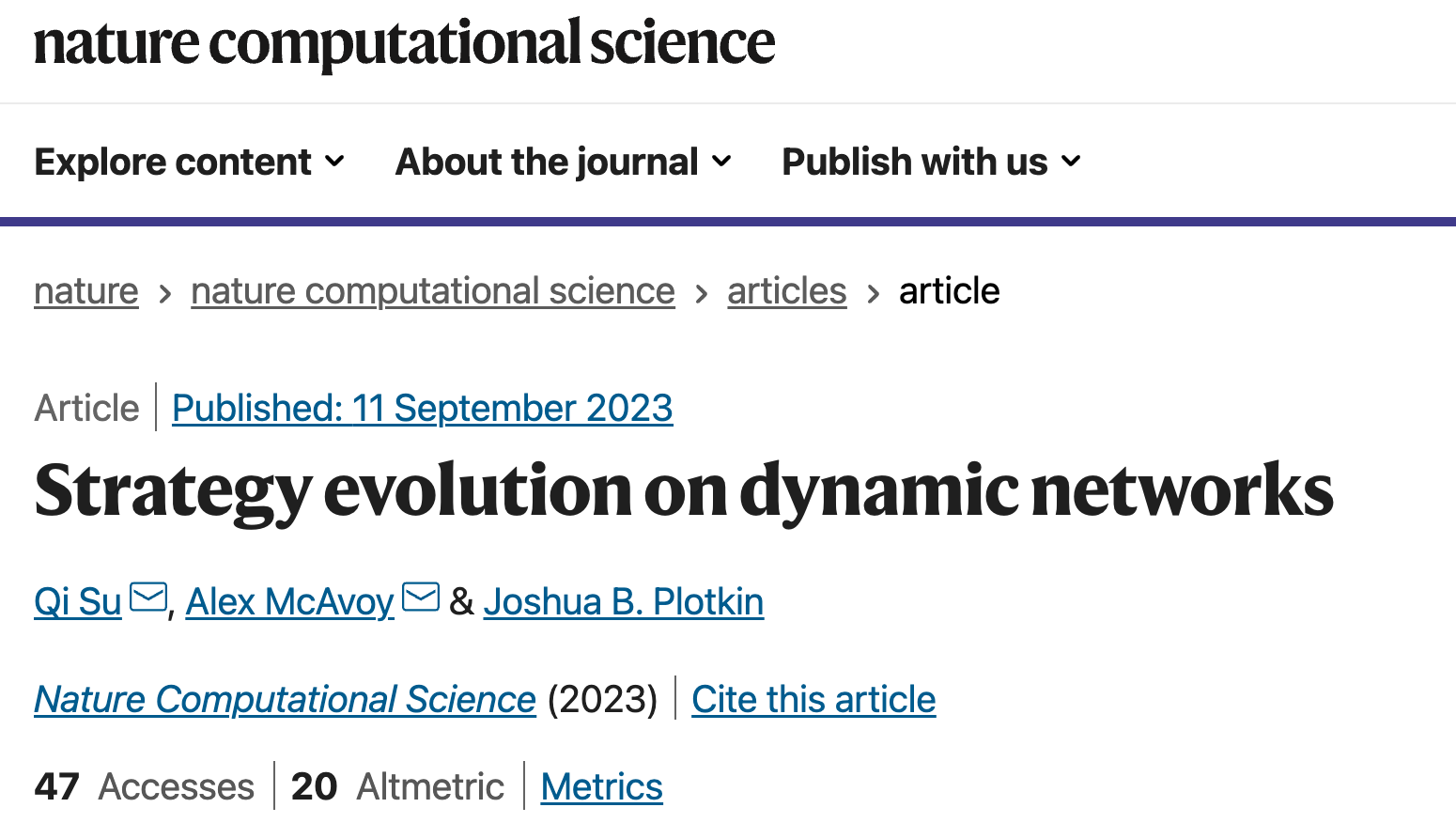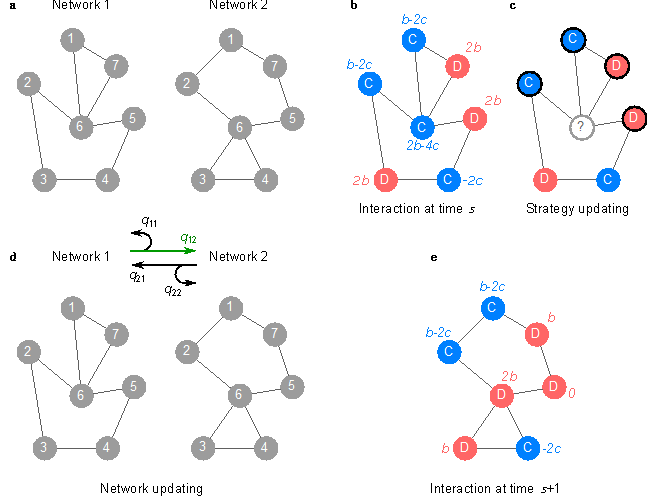- Home
- About Us
- Students
- Academics
-
Faculty
- Electrical Engineering
- Automation
- Computer Science & Engineering
- Electronic Engineering
- Instrument Science and Engineering
- Micro-Nano Electronics
- School of Software
- Academy of Information Technology and Electrical Engineering
- School of Cyber Security
- Electrical and Electronic Experimental Teaching Center
- Center for Advanced Electronic Materials and Devices
- Cooperative Medianet Innovation Center
- Alumni
-
Positions
-
Forum
News
- · Prof. Bin Dai’s team made important progress in using graphene quantum dots to regulate aberrant protein phase separation
- · Guo Gao and co-workers from Shanghai Jiao Tong University achieved significant progress on calcium-ion pre-intercalated hydrated vanadium oxide cathode to facilitate high-performance zinc storage
- · Jiamiao Yang’s team published important innovation on large dynamic range Shack-Hartmann wavefront sensor in Light: Advanced Manufacturing
- · Jiamiao Yang’s team achieved the accurate modeling of the scattering of polarized optical fields
- · Prof. Jingquan Liu’s team made new progress in nanoscale brain-computer interface devices for single neurons
Associate Professor Qi Su from Shanghai Jiaotong University and collaborators have recently published the research findings on dynamic network games in Nature Computational Science
Recently, Associate Professor Qi Su, affiliated with the Department of Automation within the School of Electronic Information and Electrical Engineering, Shanghai Jiao Tong University, in collaboration with Professor Alex McAvoy from the University of North Carolina at Chapel Hill and Professor Joshua B. Plotkin from the University of Pennsylvania, have unveiled groundbreaking research on strategy evolution on dynamic networks. This work introduces innovative theoretical frameworks of game theory on dynamic networked systems and a method to model the coupling of individuals’ strategies and the system structure. Professor Su has provided a theoretical criterion for the emergence of collective cooperation in dynamic networked systems, and revealed the fascinating phenomenon wherein the change in system change serves as catalysts for the flourishing of collective cooperation. The research findings, titled "Strategy evolution on dynamic networks", have been disseminated online through Nature Computational Science. On the day of publication, Professor Benjamin Allen of Emanuel College lauded the work with a commendatory evaluation entitled "Flipping the intuition for games on dynamic networks" in Nature Computational Science, further underlining the significance of this contribution to the field.

Background:
With the continuous development of communication and IoT technology, the scale of systems is increasing, and the interconnections between individuals have become closer and more complex. In the group composed of autonomous decision-making individuals, although a single individual has a weak influence on the structure and function of the system, the interaction between individuals and adaptive decision-making adjustment may shape the intelligence of the system as a whole, or lead to the cascade failure of the system. A deep understanding of the emergence mechanism of swarm intelligence and optimization of swarm intelligence have become the core issues in the field of complex system research. Related issues, such as "the evolution and maintenance of group cooperation" and "the emergence of group intelligence", have been twice listed by the internationally renowned journal Science as one of the 125 most cutting-edge scientific problems that human beings urgently need to solve.
The structure of the system is one of the key factors influencing the emergence of group cooperation. Over the past three decades, scholars have gradually overcome the challenges posed by collective games on various networks: from regular networks [Nature, 441, 502-505 (2006)], to weight networks [Nature, 447, 469-472 (2007)], and to heterogeneous networks [Nature, 544, 227-230 (2017)]. However, these endeavors have hinged upon the assumption of a closed and unchanging environmental state --- a static system structure over time. Yet, within open and dynamic environments, an array of factors such as communication lags or disruptions, device damage or expansion, and shifts in individuals’ movement or disposition, etc., have the potential to trigger alterations in the system structure. The impact of dynamic changes in network structure on the emergence of collective cooperation has always been an urgent problem in the field of evolution. On one hand, structural changes may destroy cooperative clusters, seemingly indicating that dynamic networks impede collective cooperation. On the other hand, structural changes lead to changes in both individuals’ decision-making and system structure. To date, a theoretical method capable of resolving these challenges remain elusive.
Innovative results

Model of strategy evolution on dynamic networks
The paper introduces a dynamic networked system model, employing independent networks to delineate the structure of each interaction segment. Additionally, it utilizes general transition matrices to describe the patterns of structural changes within these segments. This model offers a clear and comprehensive depiction of both individual-level strategy interactions and system-level structural transitions. Furthermore, the paper presents a Markov process analysis method based on (strategy, network) states and provides theoretical criteria for the emergence of collective cooperation in dynamic networked systems. Notably, its applicability extends to systems of any scale, structure, or any transition in structural changes. The criteria quantitatively demonstrates the impact of structural changes on the emergence of collective cooperation. In particular, the application of these criteria to 500,000 different types and scales of networks reveals that multi-community structures and heterogeneous densities can foster collective cooperation. This finding dismantles the longstanding misconception that structural changes hinder cooperation. Lastly, the paper demonstrates that dynamic network structural changes not only promote but also accelerate the emergence of collective cooperation. This study rectifies the methodological deficiencies, enriches comprehension, and rectifies one-sided conclusions prevalent in prior research on dynamic networked system games. It provides new insights for the realization of collective intelligence within open and dynamic environments.

Dynamic networks promote the emergence of collective cooperation.
Paper information
Shanghai Jiao Tong University takes the lead as the primary completion unit, with Associate Professor Qi Su from the Intelligent Wireless Network and Collaborative Control Center (IWIN) of the Department of Automation, and Professor Alex McAvoy of the University of North Carolina at Chapel Hill, standing as the co-first authors and co-corresponding authors of this paper. Professor Joshua B. Plotkin from the University of Pennsylvania also contributes as a co-author. The research
was supported by grants from the Simmons Foundation, the Josh Templeton Foundation, and the David & Lucille Packard Foundation.
Paper Link
https://www.nature.com/articles/s43588-023-00509-z
Journal information
《Nature Computational Science》is a top-tier academic journal in the field of computational science that is peer-reviewed and published by the internationally renowned scientific journal, Nature. It is dedicated to publishing high-quality research in various areas of computational science, including computational methods, data science, artificial intelligence, computational biology, and more.
-
Students
-
Faculty/Staff
-
Alumni
-
Vistors
-
Quick Links
